Gas taxes are the largest source of funding for highway construction, maintenance.



As the need for urgent climate solutions grows, scientists want to put more research into a technology known as solar geoengineering — the idea of chemically altering the atmosphere to reflect sunlight away from Earth.
It is seen as a potential method of cooling the planet and offsetting climate change. But could such a technology curtail a climate catastrophe — or become the cause of it?
Those against solar geoengineering fear unintended consequences, including irreversible changes to weather patterns, and many climate activists are wary of using the Earth’s atmosphere as a testing ground. Last month in Sweden, an experiment led by Harvard University researchers was cancelled following opposition by environmental and indigenous groups. Researchers had planned on testing a high-altitude balloon that could be used to disperse reflective aerosol particles into the atmosphere.
In this episode of The Stream, we’ll learn more about solar geoengineering and the debate surrounding it.
Join the conversation:
TWITTER: https://twitter.com/AJStream.
FACEBOOK: http://www.facebook.com/AJStream.
#aljazeeraenglish.
#ajstream.
#geoengineering
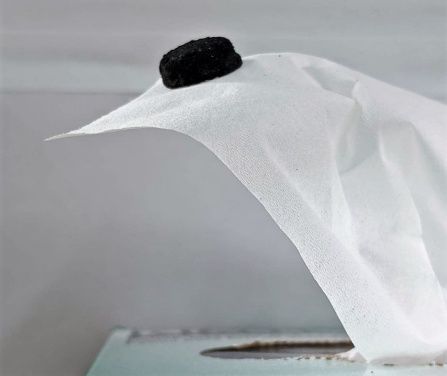
University at Buffalo (UB) researchers have developed a novel 3D printed water-purifying graphene aerogel that could be scaled for use at large wastewater treatment plants.
Composed of a styrofoam-like aerogel, latticed graphene and two bio-inspired polymers, the novel material is capable of removing dyes, metals and organic solvents from drinking water with 100% efficiency. Unlike similar nanosheets, the scientists’ design is reusable, doesn’t leave residue and can be 3D printed into larger sizes, thus they now aim to commercialize it for industrial-scale deployment.
“The goal is to safely remove contaminants from water without releasing any problematic chemical residue,” explained study co-author and assistant professor of environmental engineering at UB, Nirupam Aich. “The aerogels we’ve created hold their structure when put into water treatment systems, and they can be applied in diverse water treatment applications.”
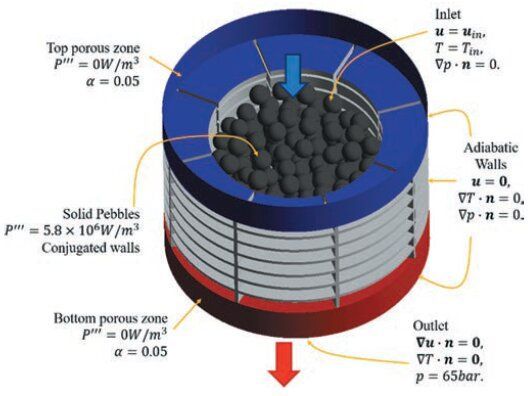
When one of the largest modern earthquakes struck Japan on March 11, 2011, the nuclear reactors at Fukushima-Daiichi automatically shut down, as designed. The emergency systems, which would have helped maintain the necessary cooling of the core, were destroyed by the subsequent tsunami. Because the reactor could no longer cool itself, the core overheated, resulting in a severe nuclear meltdown, the likes of which haven’t been seen since the Chernobyl disaster in 1986.
Since then, reactors have improved exponentially in terms of safety, sustainability and efficiency. Unlike the light-water reactors at Fukushima, which had liquid coolant and uranium fuel, the current generation of reactors has a variety of coolant options, including molten-salt mixtures, supercritical water and even gases like helium.
Dr. Jean Ragusa and Dr. Mauricio Eduardo Tano Retamales from the Department of Nuclear Engineering at Texas A&M University have been studying a new fourth-generation reactor, pebble-bed reactors. Pebble-bed reactors use spherical fuel elements (known as pebbles) and a fluid coolant (usually a gas).

Click on photo to start video.
Each year, more than 70 billion coconuts 
For more inspiration, subscribe to our newsletter.


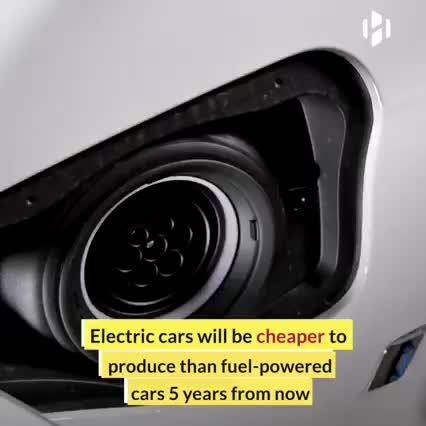
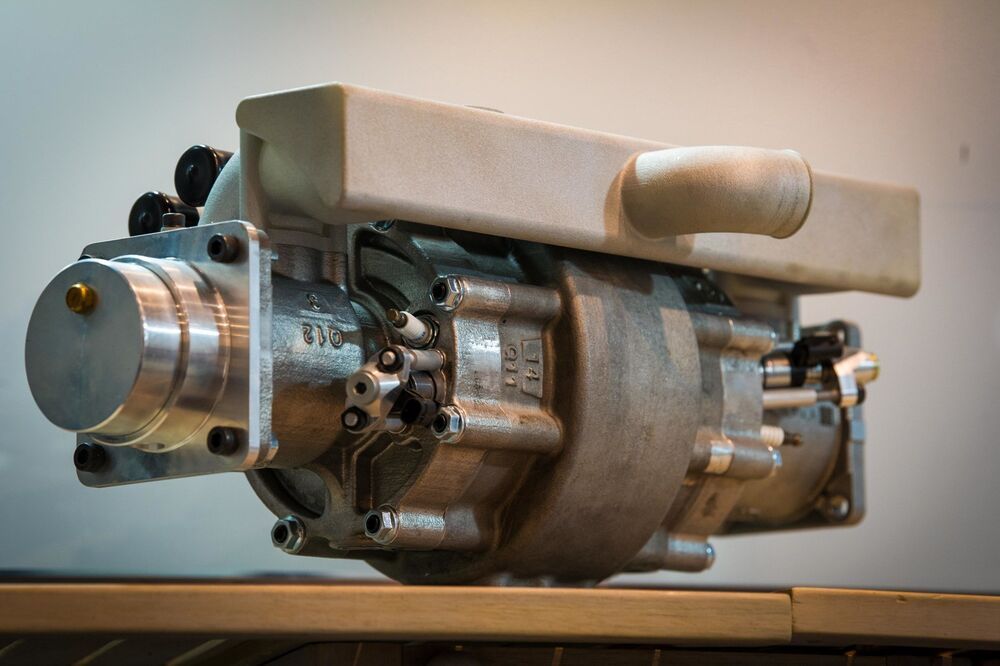
Israel’s Aquarius Engines this week gave the world a first look at the tiny hydrogen engine it hopes can supplant gas engine-generators and hydrogen fuel cells in future electrified vehicles. Weighing just 22 lb (10 kg), the simple engine uses a single moving piston to develop power. Beyond vehicles, Aquarius is developing the engine for use as an off-grid micro-generator.
First created in 2014, Aquarius’ efficient single-piston linear engine has a single central cylinder in which the piston moves between two engine heads. In previous iterations, Aquarius used more conventional fossil fuels to create combustion, but now it’s turning attention to emissions-slashing hydrogen. The company says Austrian engineering firm AVL-Schrick recently completed third-party testing, verifying that a modified version of the engine can operate purely on hydrogen.
“It was always our dream at Aquarius Engines to breathe oxygen into hydrogen technology as the fuel of the future,” explains Aquarius chairman Gal Fridman. “From initial tests, it appears that our hydrogen engine, that doesn’t require costly hydrogen fuel-cells, could be the affordable, green and sustainable answer to the challenges faced by global transport and remote energy production.”

Home batteries are becoming increasingly popular ways to store solar energy to power houses at night, but what if one could make the whole house a battery? Rechargeable cement batteries prove the idea is possible, even if it has a long way to go to be affordable.
Dr Emma Zhang of Chalmers University of Technology, Sweden, mixed 0.9 percent carbon fibers into cement and poured it over a metal-coated carbon fiber mesh to make concrete blocks. In the journal Buildings, Zhang and colleagues report that with iron anodes and nickel cathodes these blocks become rechargeable batteries.
At 0.8 Watthours per liter, Zhang’s battery is hundreds of times less energy-dense than a lithium-ion battery, and completely useless for transportation purposes. However, it stores about ten times more energy than previous rechargeable concrete batteries. These, Zhang said in a statement; “Showed very low performance,” forcing her and colleagues to seek new ideas on how to produce the electrodes.
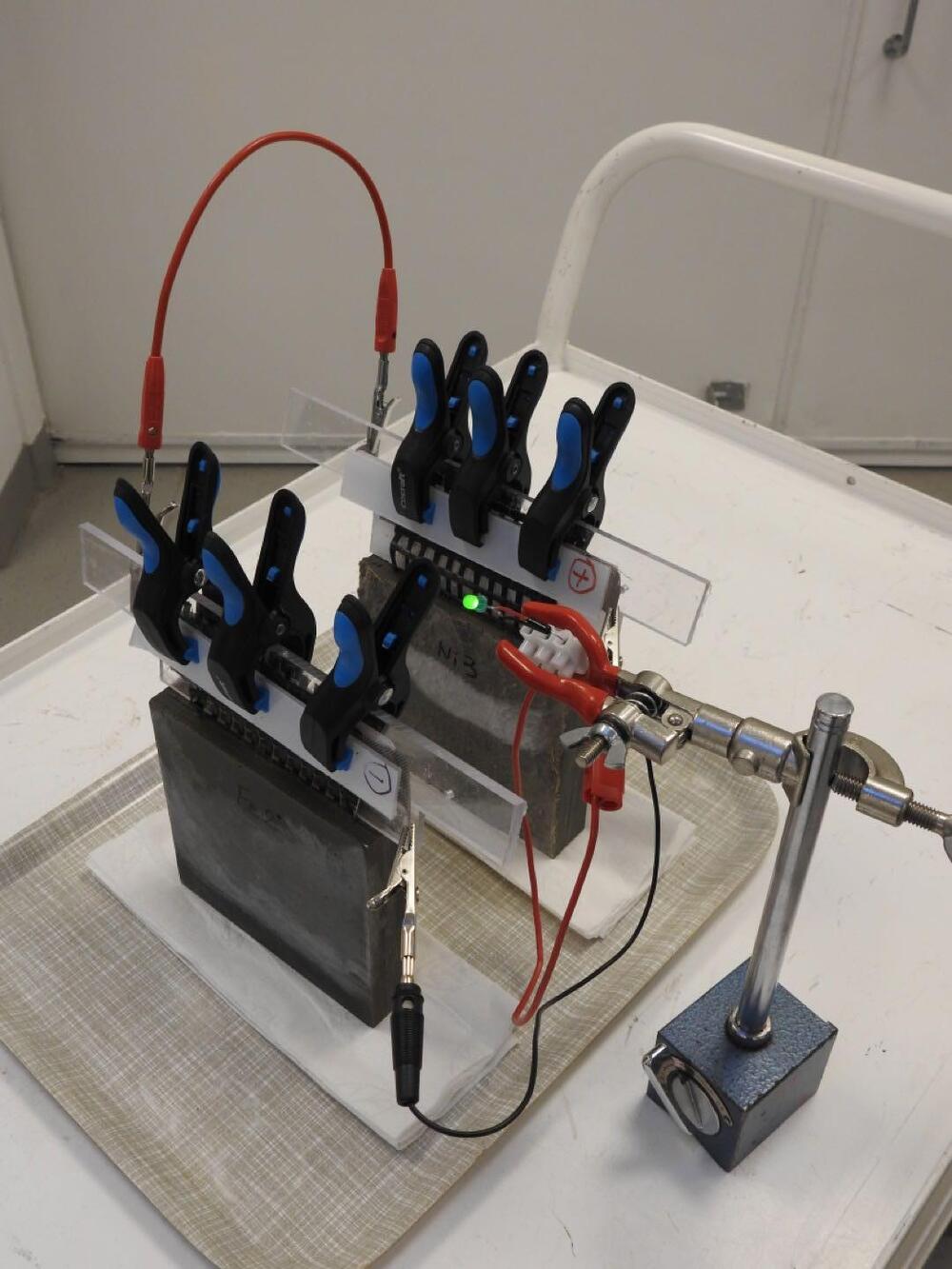
One of the more interesting areas of battery research centers on how these devices can not just store energy, but also double as structural components. We’ve seen some impressive examples of this that could be worked into electric vehicles, and now scientists in Sweden have applied this type of thinking to big buildings, demonstrating a novel type of cement-based battery that could see large structures constructed from functional concrete.
The research was carried out at Chalmers University of Technology, where scientists were working on developing more sustainable building materials, with a particular focus on concrete. As the world’s most widely-used material and one that is very energy intensive to produce, we’re seeing a lot of research into how the carbon footprint of concrete could be reduced, and the authors of this new study have come up with an interesting potential solution.
Like regular concrete, it starts with a cement-based mixture, but one spiked with small amounts of short carbon fibers to add conductivity and flexural strength. Also incorporated into the mix are a pair of carbon fiber meshes, one coated in iron to act as the battery’s anode and the other coated in nickel to act as the cathode. As the battery’s two electrodes, these ferry electrons back and forward as the device is charged and discharged.